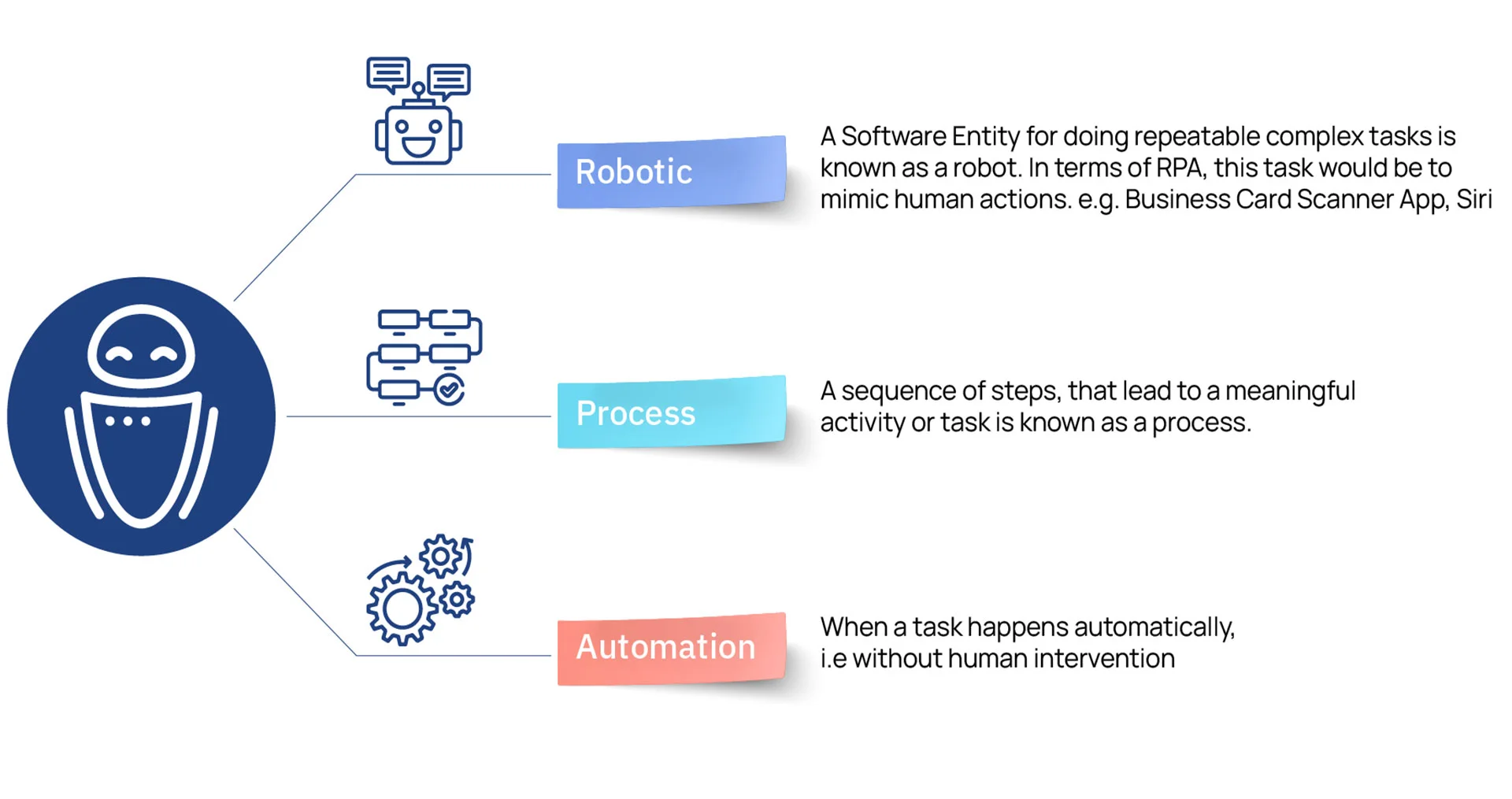Capabilities
Lean
Digital
Business Process Re-engineering (BPR)
BPR enables companies to model, deploy and manage mission-critical business processes that span multiple enterprise applications and corporate departments. BPR is usually used for less mature processes to make them replicable and reliable and is also a great precursor to an IT change management initiative, especially in ERP implementation. It typically starts with customer requirement identification and ends with the delivery of the promised product/service, covering the entire value chain of the business.
What We Do
SSA has a comprehensive approach to Business Process Re-engineering (BPR) that focuses on the enterprise-wide value chain rather than just departmental sub-processes. Our objective is to thoroughly understand the current business design, including key performance indicators, IT interfaces, people, and customer touchpoints, in order to identify gaps in delivering promised value. We then move on to define the ideal "to-be" state, with desired changes in processes, policies, and IT. This is followed by the establishment of a process performance monitoring system and the identification of potential opportunities for improvement. The final product is a blueprint for an organizational value stream that runs smoothly, setting the foundation for future continuous improvement efforts.

How We Help Clients
We follow our proprietary RMAOR® (Recognise – Map/Measure - Analyze – Optimize – Repeatable) approach. In a nutshell, the recognition phase involves value stream mapping, identifying pain areas, creating a process mission, and setting an objective for the exercise. The Map/Measure phase involves data gathering, activity level mapping, departmental input/output analysis, and documentation of customer processes and requirements. The analysis phase involves process time and value analysis, waste analysis, customer and user pain point identification, root-cause analysis, and countermeasure planning. The optimization phase involves solution definition, quick hit implementation, IT system requirement definition, user requirement specification, URS documentation, and solution roll-out planning. Lastly, the repeatable phase involves sustenance planning, IT change management, KPI dashboard creation, daily work management, benefits analysis, and identifying improvement opportunities.
Enterprise-wide Process Repository
An enterprise-wide process repository plays a crucial role in ensuring organizational efficiency and effectiveness. It serves as a centralized knowledge hub, housing comprehensive documentation of all business processes within an organization. This repository allows stakeholders to access, share, and collaborate on process-related information, enabling consistent standards and best practices across departments and teams. It enhances transparency, enabling better visibility into processes and facilitating process improvement initiatives. Moreover, a process repository supports compliance efforts by providing a clear audit trail and ensuring adherence to regulatory requirements. It also fosters a culture of continuous improvement, as it serves as a valuable resource for identifying bottlenecks, streamlining workflows, and driving innovation throughout the organization.
Our Approach
We focus on the enterprise-wide value chain as against mere departmental sub-processes. The goal is to recognize the current business design, its key performance indicators, digital interfaces, people and customer touch points and identify current gaps in delivering promised value. We then define the ideal “to-be” state with desired process changes, policy changes and digital changes, establish a process performance monitoring system and identify future improvement opportunities. The result is a blue-print for an organization value stream that runs like a well-oiled machine. This also sets the stage for future continuous improvement journeys.

How We Help Clients

iGrafx Suite for Process Modeling & Repository
iGrafx is a powerful process modeling tool that aids organizations in visualizing, analyzing, and improving their business processes. iGrafx offers a user-friendly interface, allowing users to easily design, document, and communicate complex processes. It supports collaboration, enabling teams to work together in real-time and make informed decisions.
Benefits:
By creating a process repository, teams gain the ability to:
- Measure success by analyzing business process modeling outcomes.
- Adapt to changes within the company with dynamic models that factor in stakeholder perspective.
- Increase transparency by modeling real processes as they occur throughout teams and departments.
ERP Evaluation & Selection Services
An Enterprise Resource Planning (ERP) System is an integrated system that helps maintain the internal and external resources of a company. It reduces “people dependency” and improves business capabilities.
The ERP system facilitates the integration of data and processes across multiple departments. This brings clarity to the current operations and helps to improve the business by providing real-time data-based analysis.
What We Do
With the abundance of ERP solutions available in the market, selecting a product best suited to your organization can be challenging. This dilemma is supported by a global success rate of only 35% in selecting and implementing the right ERP.
SSA performs a detailed SWOT analysis of the current processes and IT systems and helps you select the best possible ERP system. Our experts work closely with the clients to chalk out an implementation plan that brings out the best of your business processes.

Robotic process automation (rpa)
The future of the workplace is hybrid. We need to create a seamless employee experience that brings people and technology together to unleash productivity and potential, wherever work needs to happen. Robotic Process Automation (RPA) is a technology that revolutionizes business processes by automating repetitive tasks through software robots or "bots." These bots mimic human actions and interact with applications just like employees, but with higher efficiency and accuracy. RPA eliminates manual errors, reduces operational costs, and boosts productivity by handling mundane, rule-based tasks.
By automating processes across various industries, including finance, healthcare, and customer service, RPA enables organizations to streamline operations, improve customer satisfaction, and free up human resources for more strategic and creative endeavors. Its flexibility, scalability, and ability to integrate with existing systems make RPA a powerful tool for driving digital transformation and enhancing business performance.

Our Approach

Advantages of Digital Bots

While embarking on the journey toward process automation, we encourage industries to consider the following key factors to maximize impact:
In Summary
The digital workforce streamlines workflows, which makes organizations more profitable, flexible, and responsive. It also increases employee satisfaction, engagement, and productivity by removing mundane tasks from their workdays. Digital Employee is non-invasive and can be rapidly implemented to accelerate digital transformation. And it's ideal for automating workflows that involve legacy systems that lack APIs, virtual desktop infrastructures (VDIs), or database access.
The future of the workplace is hybrid
We, at SSA, have vast and rich experience in offering tailored software solutions and applications and work in close partnership with your organization to deliver flexible, scalable, and ingenious applications.
Many companies struggle due to rapid technological growth and the inability to harness the potential of vast amounts of data. Thus, it is necessary for these companies to opt for customized solutions as per their requirements.
We provide Business Intelligence (BI) training, consulting, and implementation services. We help companies provide business insights to all employees leading to better, faster, and more relevant decisions in strategic, tactical, and operational dashboards.
Here are some of our customized and implemented solutions -
- Fact-Based Management System:
Meeting SLA tracking needs with daily manufacturing process progress and quality dashboard. - Corporate Budget Management System:
The ability to link actual expenditure with the budget to identify which BU’s are overspending or doing better business vs. others and help make strategic decisions. - Field View System:
A mobility platform to bring together the management, the field force, and customers.
Fact-Based Management System
The events in Production/Operations are a black box. The ERP begins tracking from material issue to production and then entry of SFG or FG as per the setup without any information on the actual production process. Similarly, in transactional processing, the tracking status of an order is unfulfilled.
FBMS enables decision-making on procurement or prioritizing orders based on customer needs and is able to meet the SLAs. Daily updated dashboards that are a part of FBMS help make informed decisions.
Automation
- Minimizes manual intervention and clerical tasks to capture and convert data.
- Enables information capture at source and reduces data duplication, errors and manipulation.
Accuracy
- Reduces manual interventions and increases validation steps to improve accuracy in data capture and reporting.
Interactive Dashboards
- Provides role-based interactive dashboards which can be customized and scalable to enable organizational growth.
Data Capture
- Identify job level master data capture at the time of job creation - integrated with ERP system i.e. each job will be linked to the work order of the ERP system
- Identify all the dashboards with the drill down and search requirements for effective management
- The user will have the option to enter data on the screen or import it from an Excel template. This will in turn be controlled by the entry screen with validations
Data Transformation
- The job data captured at the source will be transformed into actionable information using predefined logic and regular updates
- Create a data warehouse using Microsoft SQL on data from multiple data sources (data integration, data staging, data transformation logic building for creating data marts) without disrupting the existing ERP.
Dashboards
- Intuitive and interactive dashboards and fact-based reports based on the above-transformed data source
Corporate Budget Management System
Need of CBMS
Companies generally do well at budget planning. But collecting and rolling up budget information from branches to divisions to business units is a struggle. Budget management is quite underdeveloped and rarely tracked against the plan.
CBMS fulfills the need for regular automized alerts stating where YTD expenses are against the plan's ability to re-strategize or prioritize based on current demands.
Budget Control Centre
- Hierarchies
- Multi-level consolidation
- Users and roles
- Approval workflow
Budget Creation Templates and Screens
- Controlled Excel templates with integrated master
- Budget entry screens
- ERP integration for masters
Key Features of the BMS Platform
- Easy to use and configure
- Compact, built on Lean principles
- Multi-currency
- Highly cost-effective, immediate value delivery and quick ROI
- Integrated Business Intelligence with custom dashboards and self-service reposting
Business Intelligence for Budget Tracking
- Interactive role-based dashboards
- Self-service reposting
- Alerts
- ERP integration for actuals
Data Capture
- Identify job level master data capture at the time of job creation - integrated with ERP system i.e. each job will be linked to the work order of the ERP system
- Identify all the dashboards with the drill down and search requirements for effective management
- The user will have the option to enter data on the screen or import it from an Excel template. This will in turn be controlled by the entry screen with validations
Data Transformation
- The job data captured at the source will be transformed into actionable information using predefined logic and regular updates
- Create a data warehouse using Microsoft SQL on data from multiple data sources (data integration, data staging, data transformation logic building for creating data marts) without disrupting the existing ERP.
Dashboards
- Intuitive and interactive dashboards and fact-based reports based on the above-transformed data source
For Management
- Visibility of the field force with GPS tracking
- Optimal resource planning
- Better TAT for services/actions
- Option to directly connect with the end customer
For Field Force
- Scheduling of tasks and meetings
- Attendance, timesheets and leaves
- Reminders
- Route assistant
For Customers/Dealers
- Creating and tracking service requests
Features
- Turnaround for new requirements is quick because Field View is a developed platform that can be configured quickly for new domains/verticals/functions
- Attributes and validations can be added/modified on the screen
- UI theme and branding
- Catalogs can be used for making announcements and marketing
- Location-based notifications and meeting alerts



